Mixed True Potato Seeds (TPS), Solanum curtilobum, 100 seeds
$8.50
In stock
| True potato seed information and growing instructions |
| Solanum curtilobum information and growing instructions |
| This mix includes seeds derived from OSSI open source varieties |
| These seeds are likely to produce some varieties with unsafe levels of potato glycoalkaloids |
Solanum curtilobum is a different species than the common potato, Solanum tuberosum. This species is grown at high elevations in the Andes because it has better frost resistance than the common domesticated potato. It is a hybrid of tetraploid Andean potato and another domesticated species, Solanum juzepczukii. Solanum juzepczukii is, in turn, a hybrid between high dormancy diploid (stenotomum) potatoes and the wild potato species Solanum acaule. This species gets its impressive frost resistance from S. acaule, which is one of the most frost resistant wild potatoes.
Solanum curtilobum is a pentaploid species; it has three copies of the domesticated andigena genome and two copies of the S. acaule genome. It is able to set seed, but the amount of seed is much lower than domesticated tetraploids. The progeny are not pentaploid. Instead, they are aneuploids that range between tetraploid and pentaploid. Over several generations of growing from seed, they trend toward tetraploid, so you eventually end up with plants that are 50/50 andigena and S. acaule genetics. The results are less predictable than most mixes and range from tiny plants that produce nothing to giant plants that produce huge numbers of tubers. You will find lots of wild traits like long stolons and bitter tubers, but some plants seem to combine domesticated traits with hybrid vigor and really stand out. If you want to breed a potato with frost resistance, this would be a great place to start.
Like most Andean potatoes, Solanum curtilobum tends to have a short day photoperiod for tuberization, which means that you shouldn’t expect tubers to form before fall. I have this warning with a lot of the Andean potato mixes, but there are fewer exceptions in this case. The majority of the plants will be short day. There will be some that aren’t though. I’d say about 1 in 30 produce a good yield in the summer. On the other hand, S. curtilobum has good dormancy and frost resistance, so growing these plants late into the fall and possibly even overwintering them in the ground shouldn’t be a problem.
The seed parents of this mix are plants that I have selected to keep, so they are either heirloom varieties, varieties that I have released, or varieties that I keep only for breeding. The picture above is an output photo of a full bed of seedlings grown from this mix, so it will give you a pretty good idea of what you can expect. What it doesn’t show are the plants that produce tiny tubers or no tubers or that died early in the season and there are more of those with S. curtilobum than most of the mixes that I offer.
This seed tends to be a bit dirty. The debris is just dried bits of potato berries and totally harmless. Because the seed count in these berries is low, there is a lot more bulk material to separate.
Germination
2025: Low (<30/100g), late (18-30 days)
2024: Moderate (30-50/100g), intermediate (12-18 days)
2023: Low (<30/100g), late (18-30 days)
Only logged in customers who have purchased this product may leave a review.
Related products
True Potato Seeds (TPS)
True Potato Seeds (TPS)
Mixed True Potato Seeds (TPS), All Domesticated Types, 100 seeds
True Potato Seeds (TPS)
True Potato Seeds (TPS)
True Potato Seeds (TPS)
True Potato Seeds (TPS)
True Potato Seeds (TPS)
True Potato Seeds (TPS)


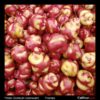
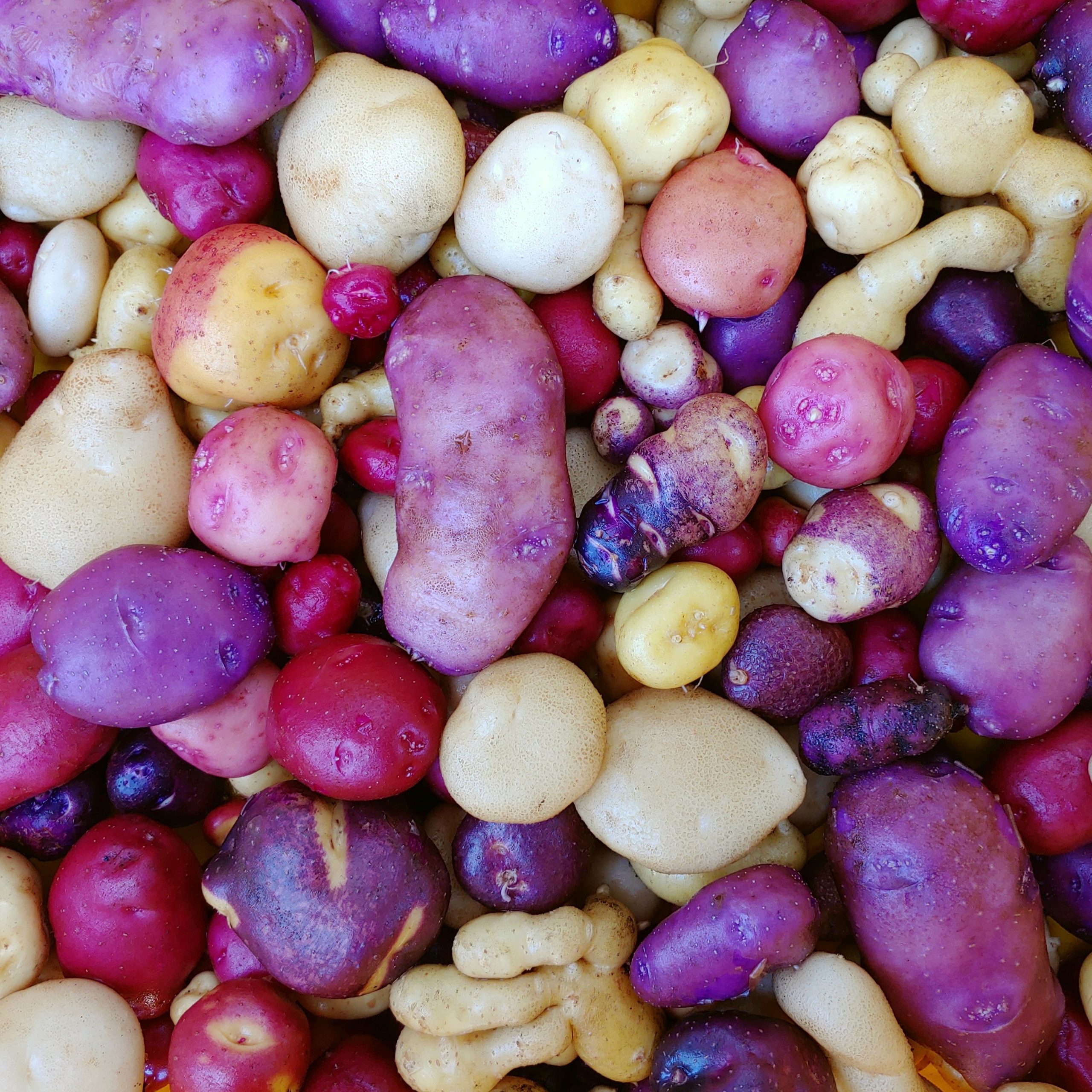
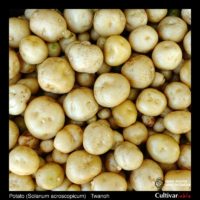
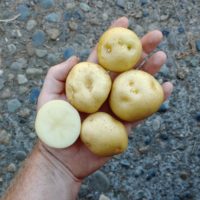
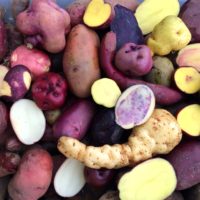
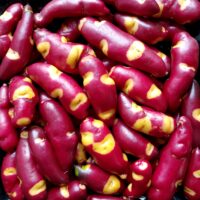
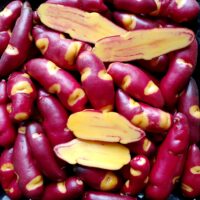
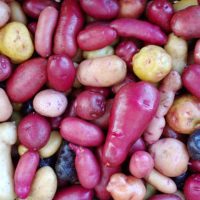
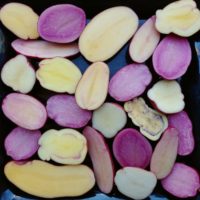
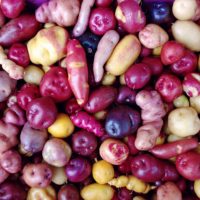
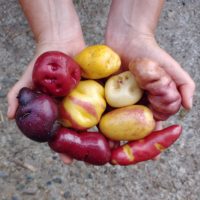

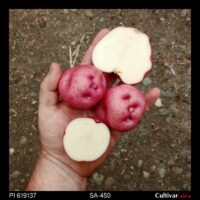
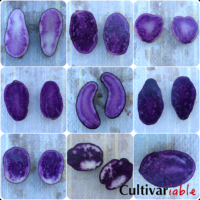
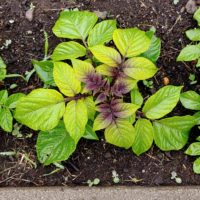
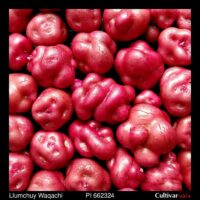
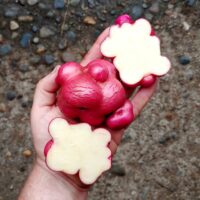
Reviews
There are no reviews yet.